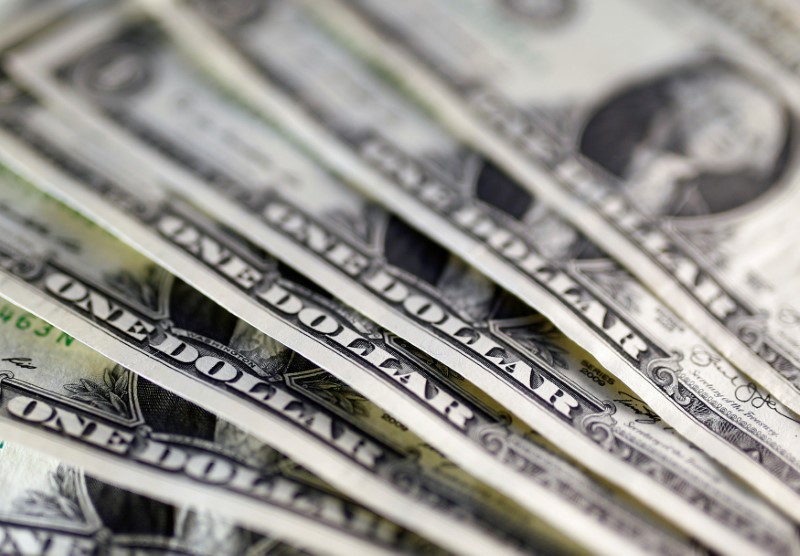By Ambar Warrick
Investing.com -- Most Asian currencies traded in a flat-to-low range on Wednesday as data showed a somewhat mixed recovery in the Chinese economy, while the dollar stuck to a near one-month low after consumer inflation eased as expected.
The Chinese yuan fell 0.2% after data showed industrial production grew less than expected in February, as the manufacturing sector struggled to recover from COVID-era lows.
But retail sales surged as expected, while higher-than-expected fixed asset investment showed that certain facets of the economy were recovering after the lifting of anti-COVID measures earlier this year.
Still, weakness in the manufacturing sector, which usually acts as a bellwether for China’s economy, showed that a bigger recovery was still a long way off. A recovery in China bodes well for the broader Asian economy, given the country's position as a dominant trading partner for the region.
Broader Asian currencies were muted as data released overnight provided mixed cues on the U.S. economy. The Japanese yen fell 0.2% against the dollar, while the Philippine peso added 0.3%, leading gains across Southeast Asia.
U.S. consumer price index inflation (CPI) eased as expected in February. But stickier-than-expected core CPI inflation showed that price pressures still remained relatively elevated, which could put more pressure on the Federal Reserve to tighten monetary policy.
Markets are betting that the Fed will have limited economic headroom to raise rates, given the increased pressure on the banking sector. The U.S. government intervened in the sector after the collapse of several regional banks last week.
The dollar index and dollar index futures traded sideways on Wednesday, and were nursing steep losses over the past few sessions.
U.S. producer price inflation and retail sales data is due later in the day, and is expected to provide more cues on the economy ahead of a Fed meeting next week. The central bank is expected to raise rates by 25 basis points.
The Indian rupee fell 0.2% after data released on Tuesday showed that wholesale inflation in the country grew much less than expected in February. The reading, coupled with earlier data that showed an easing in consumer inflation, drove up bets that the Reserve Bank will eventually hold on future interest rate hikes.
The South Korean won rose 0.1% as data showed the country's massive trade deficit narrowed slightly in February.
